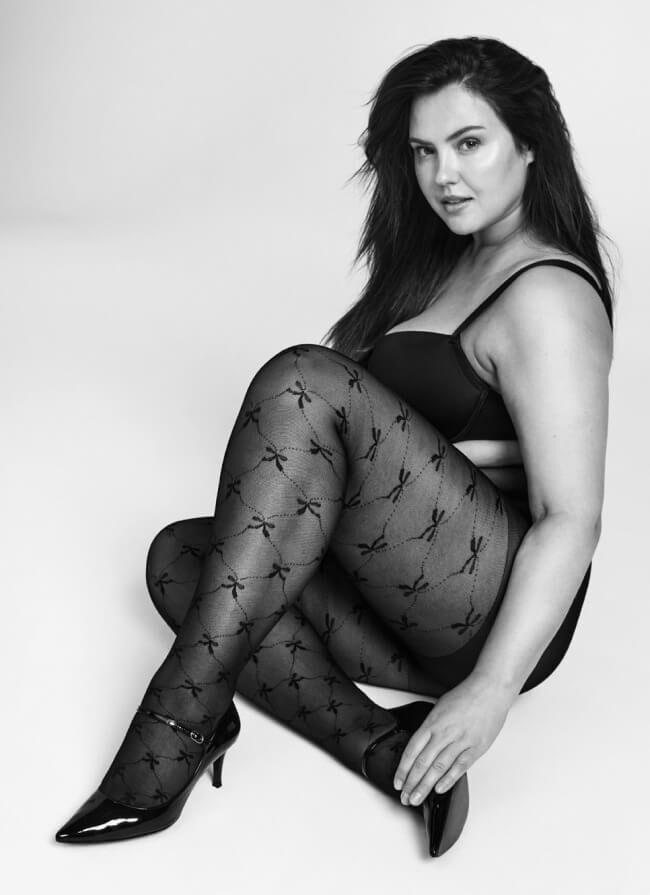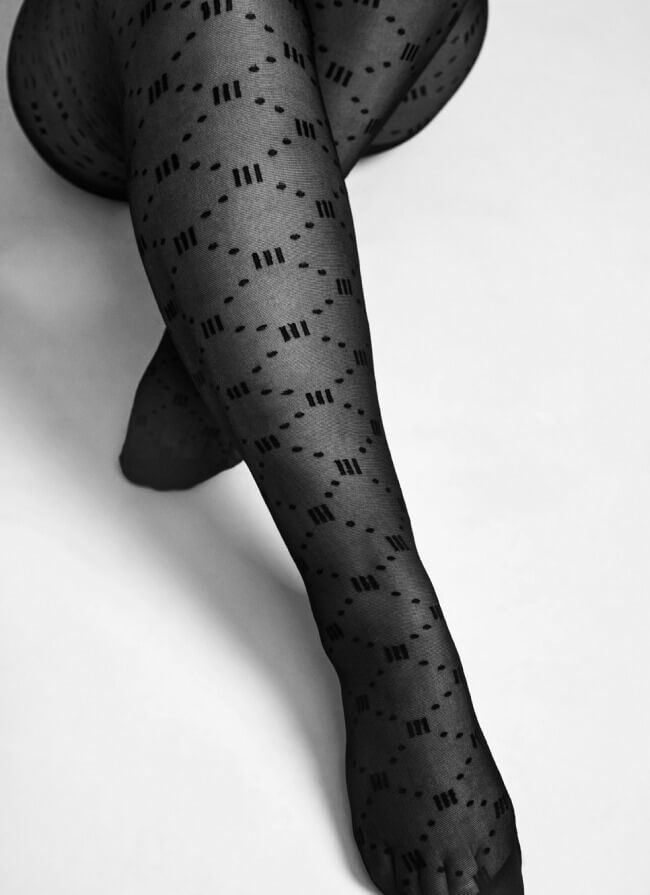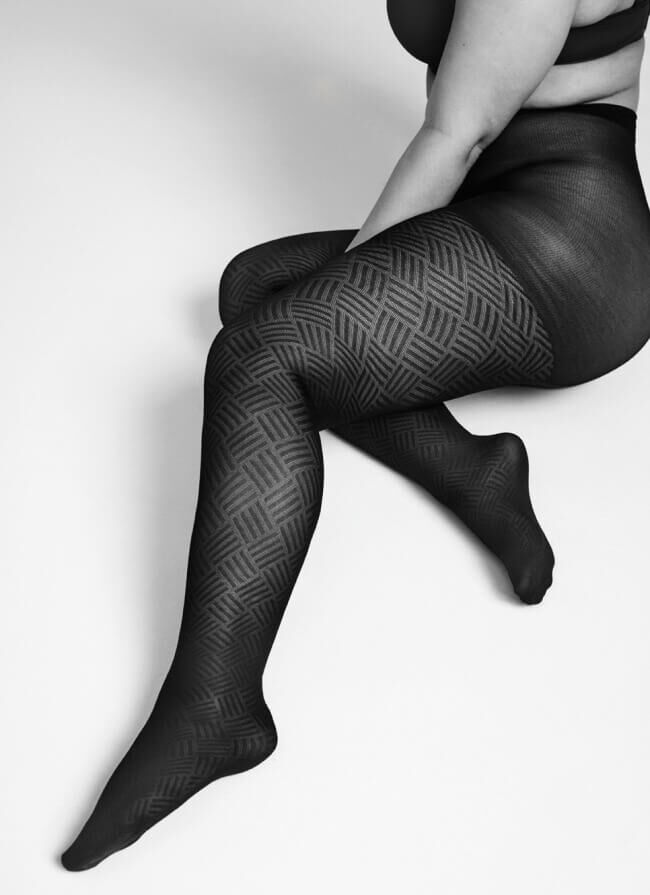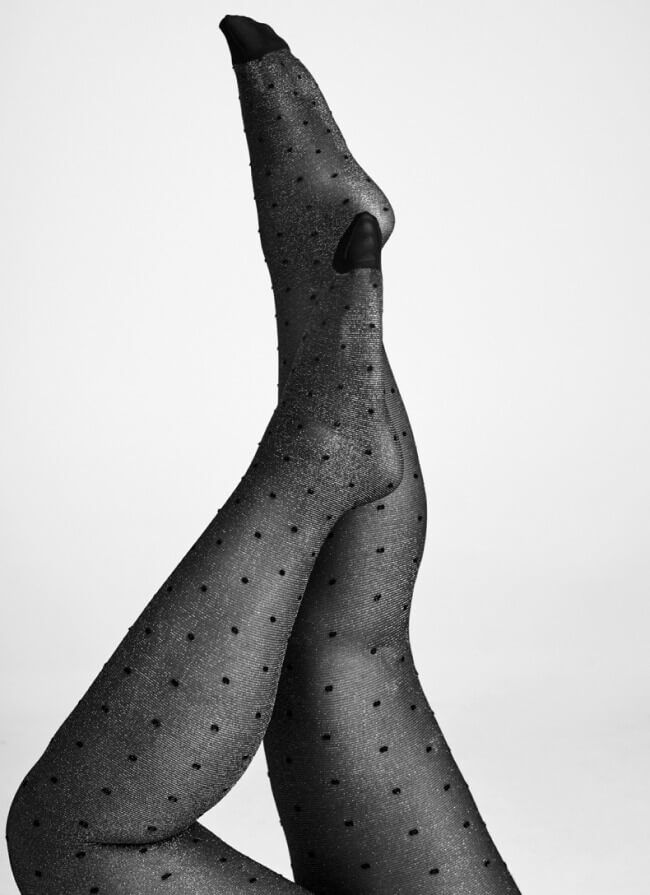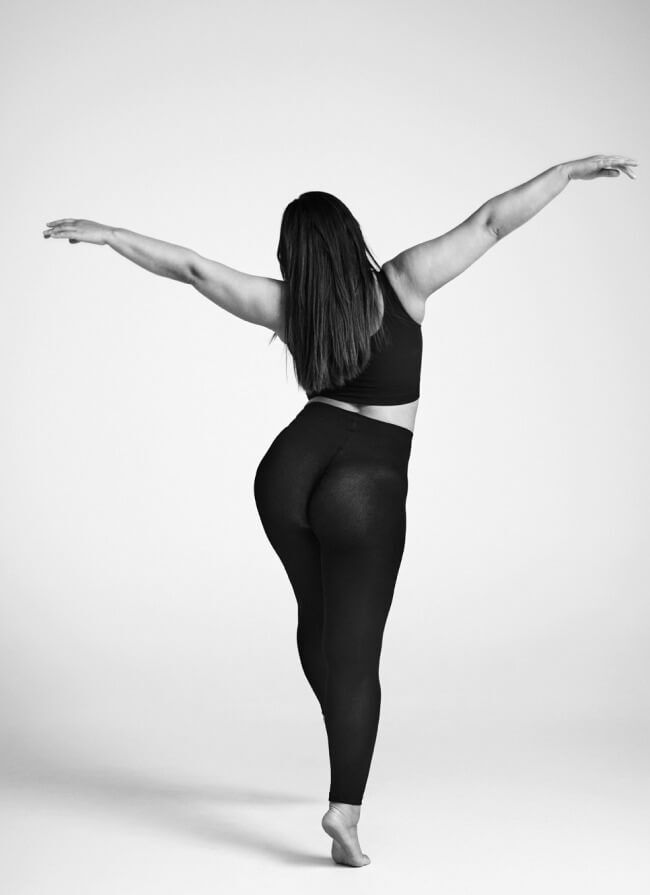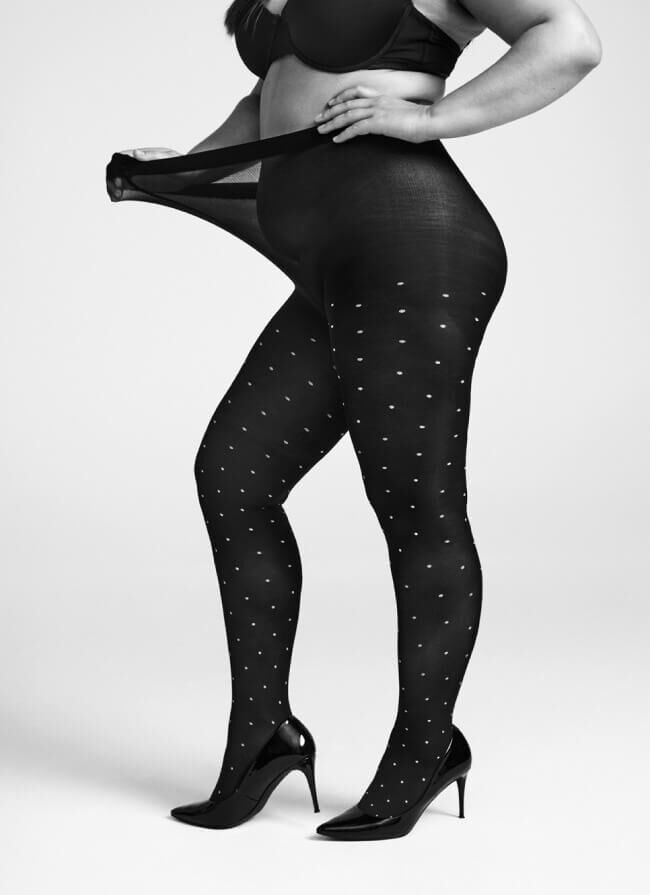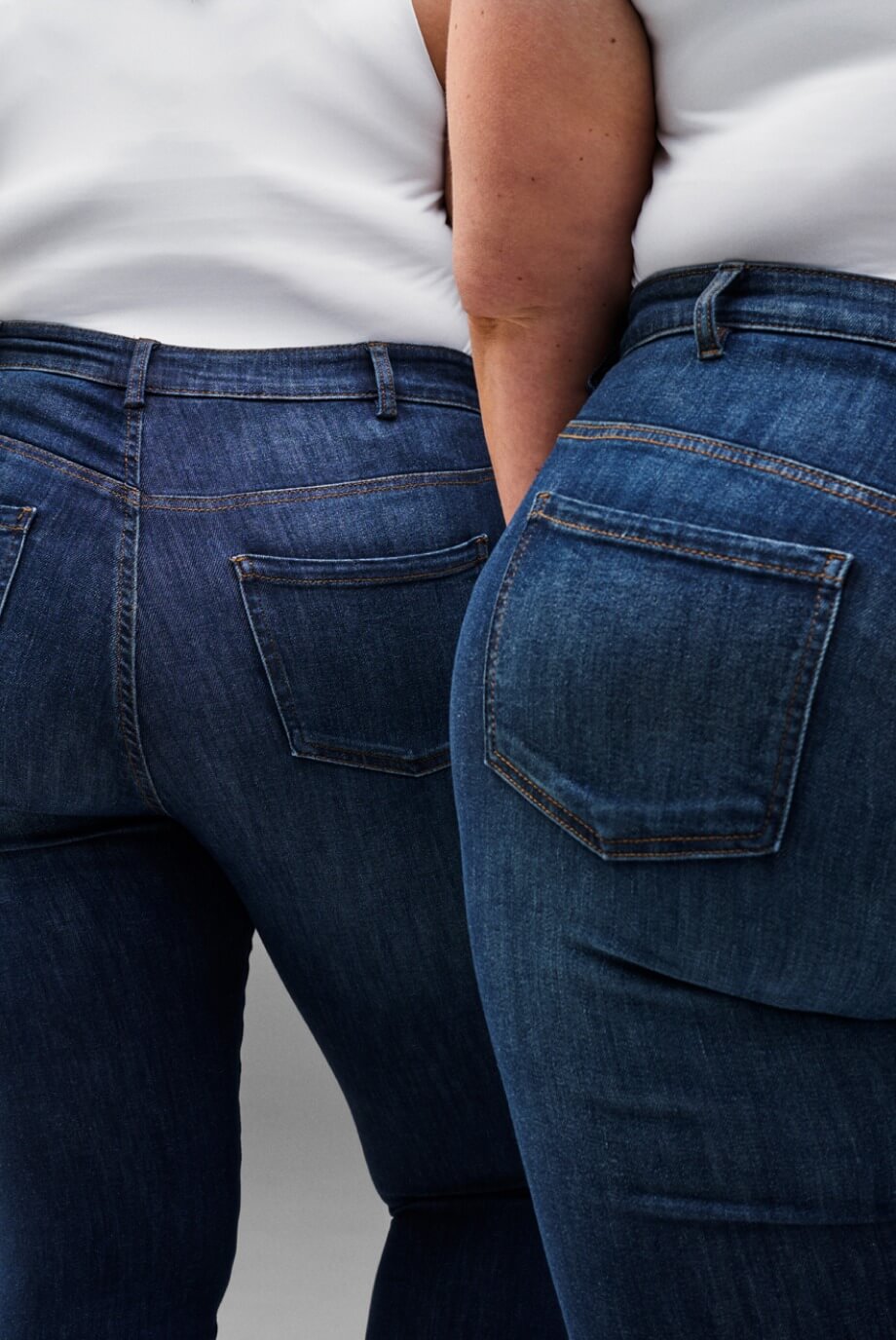
What Does Denier Mean in Tights?
When shopping for tights, you’ll often see the term denier mentioned. But what does denier mean in tights? If you’re unsure about its significance, this guide will help you understand the denier scale and how it affects the appearance, thickness, and durability of tights.
Many women have several pairs of tights in their wardrobe, whether for styling outfits, adding warmth, or creating a polished look. The denier of tights plays a crucial role in their opacity, comfort, and functionality. Whether you prefer sheer styles, opaque tights, or something in between, knowing how different denier tights work will help you choose the right pair for any season or occasion.
Read on as we explain the denier meaning, how to read the tights denier chart, and what denier tights are best for different needs.
What Is Denier?
Denier, originally a French term, refers to the thickness of the fibers used in tights. The denier meaning in tights indicates the density of the fabric—higher denier numbers mean thicker, more opaque tights, while lower deniers result in sheer, delicate styles.
Understanding tights denier meaning helps in selecting the best tights for your outfit. For example, if you want a barely-there effect, go for 10 denier tights meaning ultra-sheer coverage. If you need warmth and durability, 100 denier tights meaning full opacity is the way to go.
Tights Denier Scale: What Do the Numbers Mean?
The denier tights scale helps classify tights based on thickness and transparency. Here’s a breakdown of common denier values and their characteristics:
20 Denier Tights Meaning
- Sheer and lightweight with a delicate appearance.
- Offers a natural, barely-there effect.
- Best for warm weather or formal events.
30 Denier Tights Meaning
- Slightly more opaque than 20 denier but still sheer.
- A great choice for transitional seasons.
- Provides light warmth while maintaining elegance.
40 Denier Tights Meaning
- Semi-opaque with a balance between sheerness and coverage.
- Suitable for both casual and professional wear.
- A popular choice for layering in autumn and spring.
60 Denier Tights Meaning
- Thicker and more opaque, offering additional warmth.
- Ideal for cooler temperatures.
- Often comes in various colors and patterns for added style.
100 Denier Tights Meaning
- Fully opaque with the highest coverage.
- Made from thick, durable materials such as cotton or wool blends.
- The best choice for winter and colder climates.
What Does Opaque Mean in Tights?
Just as denier is important in choosing tights, so is the concept of opaque tights meaning. Opaque refers to the ability of the tights to conceal the skin completely. Generally, tights with a high denier number (60 denier and above) are considered opaque.
If you’re looking for coverage, thick tights meaning a higher denier is essential. What denier are opaque tights? Typically, tights above 60 denier will provide full coverage, while 40 denier offers a semi-opaque effect.
How to Choose the Right Denier Tights
Choosing the right denier tights guide depends on your needs:
- For summer or formal wear: Opt for 20 denier tights meaning lightweight and breathable coverage.
- For office or everyday wear: 40 denier tights meaning semi-opaque coverage strikes a perfect balance.
- For cold weather: 100 denier tights meaning full coverage provides warmth and durability.
Understanding what does denier mean in tights helps you make informed choices when shopping. Whether you need sheer elegance, everyday wear, or winter warmth, knowing the tights denier chart ensures you find the best tights for any occasion.
Looking for the perfect tights? Explore our full range of denier options and find the best match for your style and comfort needs.
Denier table
| Denier | Thickness | Transparency |
|---|---|---|
| 20 DEN | Very thin |
High transparency |
| 30 DEN | Thin |
Thin Slightly transparent |
| 40 DEN | Medium thin |
Low transparency |
| 60 DEN | Medium thick |
Low transparency |
| 100+ DEN | Very thick |
Opaque |
Toe Reinforcement in Tights
Some tights have toe reinforcement for extra durability. Toe reinforcement helps prevent tights from running at the toes and is especially useful for low denier tights, as they are already delicate.
Toe reinforcement in tights also helps increase durability. It is particularly important in higher denier tights, as they are often worn in colder weather where shoes can cause additional wear and tear. The reinforcement ensures that the toe area remains resistant to damage, preventing premature holes and significantly prolonging the lifespan of the tights. For those who frequently experience wear in the toe area, tights with toe reinforcement can be an ideal solution.
How to Differentiate Between the Front and Back of Tights
Telling the difference between the front and back of tights can be challenging, but it makes a difference for both comfort and appearance.
To determine the front and back, check the toe and heel areas to ensure they are oriented correctly. When putting on tights, grab the waistband and roll the legs up in your hands. Insert your feet and pull the tights upwards, adjusting carefully to avoid twists or tangles. Ensure the crotch sits comfortably against the body and the fabric is evenly distributed along the legs.
Denier in Leggings
Denier in leggings is typically higher than in tights due to their durability and frequent use. Since leggings are often worn as an outer layer, they require extra durability and complete opacity. A higher denier in leggings ensures they are not see-through and provides a sturdier, more durable feel.
This is especially crucial for sports leggings, where freedom of movement and durability are key. Leggings with a high denier offer enhanced opacity and durability, making them perfect for everyday wear and active use.










